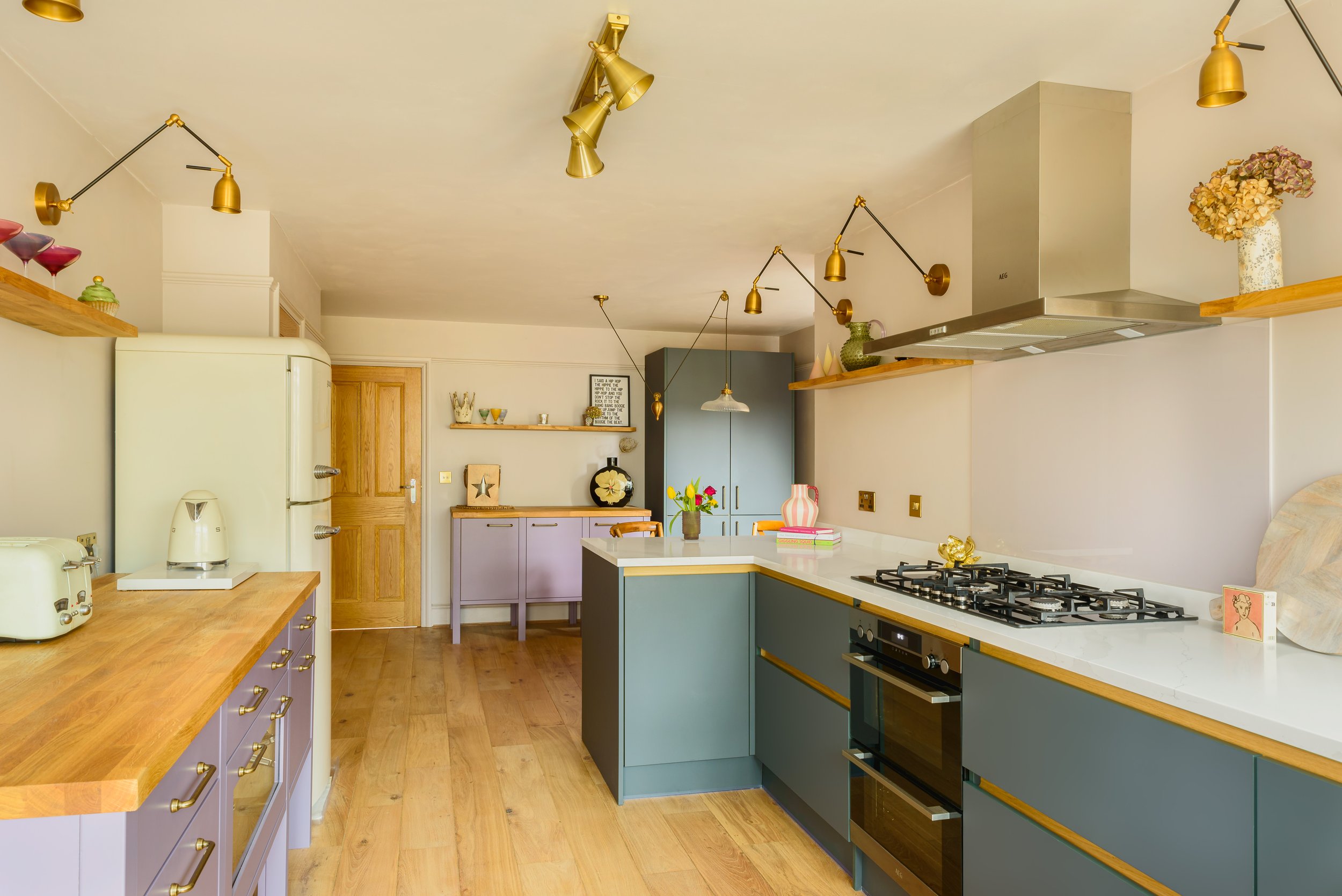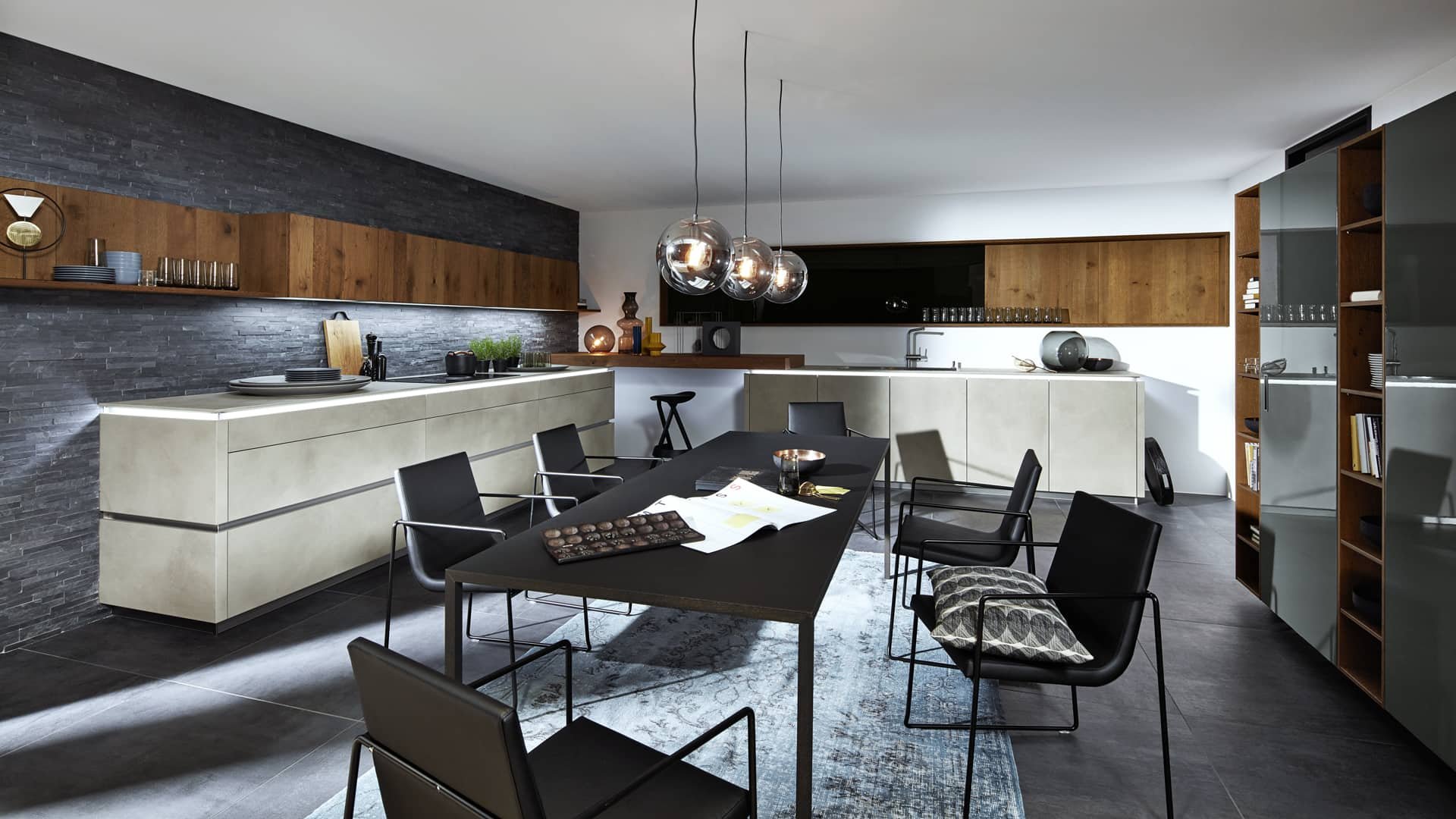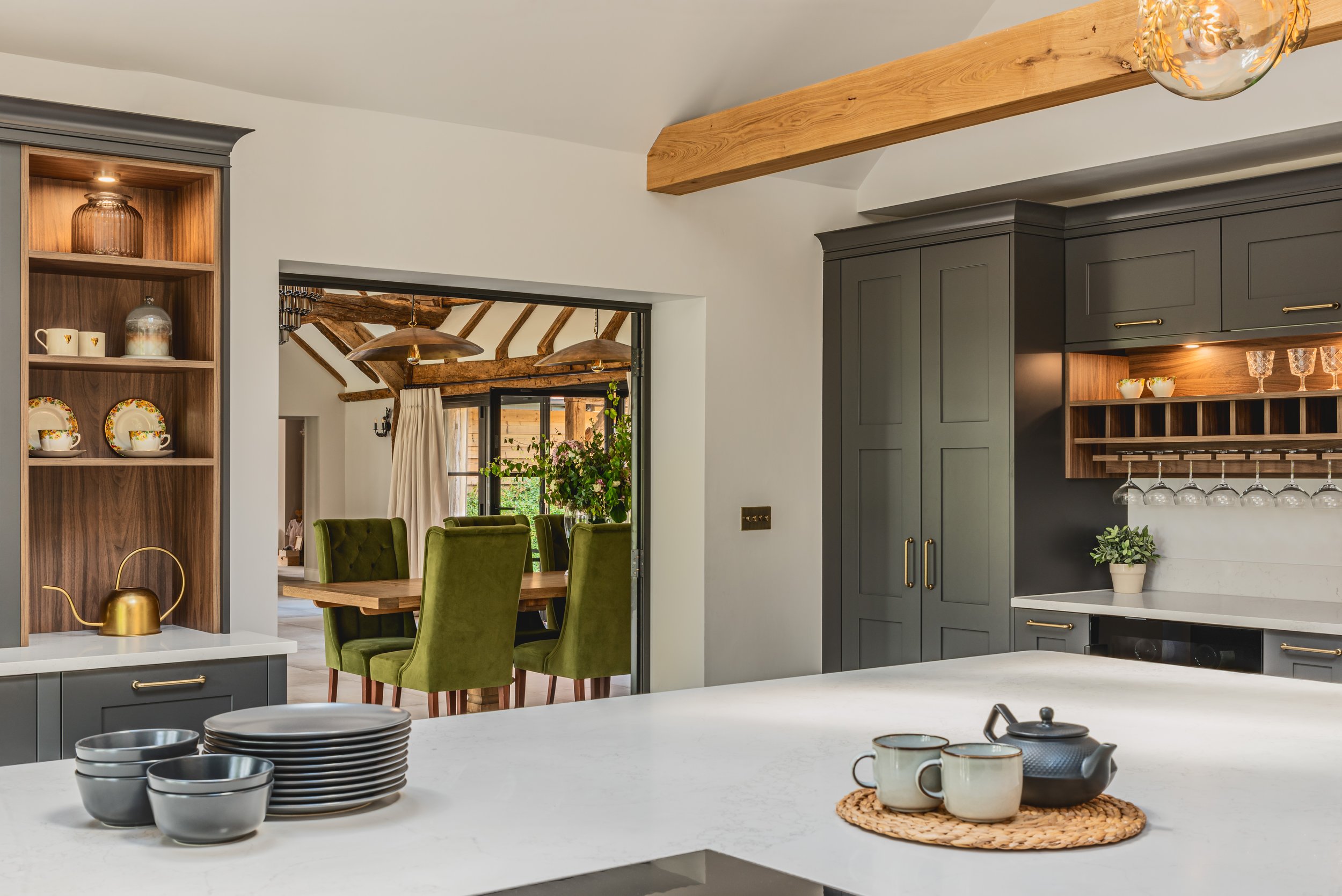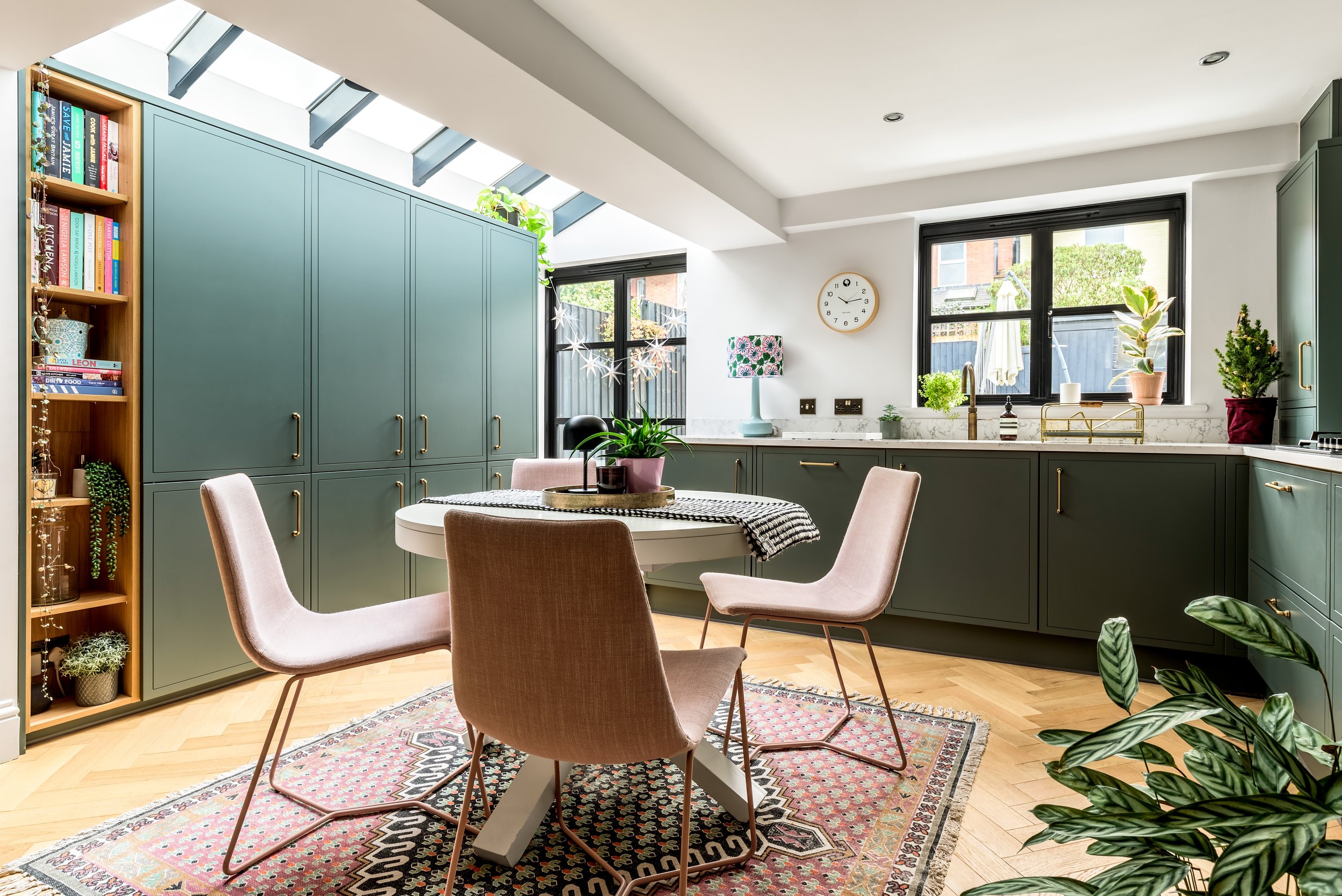
How to Prepare for a Kitchen Installation: Expert Tips for a Stress-Free Renovation
A new kitchen is an exciting investment, but preparing for the kitchen installation process is just as important as choosing the design. Proper preparation ensures that everything runs smoothly, minimising disruption and keeping your project on track. Whether you’re having a full renovation or updating key elements, knowing what to expect will make the process easier and stress-free.
From clearing your space to setting up a temporary kitchen, this guide will walk you through the essential steps to get your home ready for installation day.
Clearing Out Your Kitchen
Before any work can begin, your existing kitchen needs to be cleared out. Start by packing up everything inside your cabinets, drawers, and worktops. It’s a great opportunity to declutter—get rid of any unused or outdated kitchenware and keep only the essentials.
Use labelled boxes to organise items so they are easy to find once your new kitchen is complete. Wrap fragile items such as glassware and plates carefully, storing them in a safe place away from the renovation area. If you’re replacing appliances, arrange for their disposal or recycling in advance to avoid last-minute hassle.
For homes with open-plan layouts, consider moving furniture and décor that could be affected by dust and debris. Protective coverings on flooring and surrounding furniture can help keep your home clean throughout the process.
Setting Up a Temporary Kitchen
Since you’ll be without a fully functioning kitchen for a while, setting up a temporary kitchen space will help you continue with daily life. Find a convenient area—such as a dining room, utility room, or even a corner of the living room—where you can keep essential appliances like a kettle, toaster, and microwave.
If possible, set up a small prep area with a cutting board and basic utensils. A mini fridge or cool box can help keep fresh food on hand, reducing the need to eat out every day. Planning simple meals in advance, such as salads, sandwiches, and one-pot dishes, will make mealtimes easier. If you have access to a garden, a barbecue can also be a useful way to cook meals while your kitchen is out of action.
Checking Utilities and Access
Your kitchen installation may involve updates to plumbing, electrical wiring, or gas connections. It’s important to discuss with your installer whether utilities will need to be shut off during the process. If water or electricity will be temporarily unavailable, plan ahead by storing drinking water and making sure essential appliances are plugged into accessible power points.
Ensure that your kitchen fitters have easy access to your home. If you live in an apartment or an area with restricted parking, arrange any necessary permits in advance. Clearing pathways inside your home will also help—removing obstacles from hallways and doorways makes it easier for installers to move large appliances and cabinets safely.
Confirming Delivery and Installation Schedules
Staying organised with delivery timelines is key to avoiding delays. If you’re sourcing appliances separately from your kitchen supplier, check that they arrive in time for installation. Custom-built units or worktops may take longer to be delivered, so factor this into your project schedule.
Before work begins, go over the timeline with your kitchen fitter to ensure everything is on track. Having a clear understanding of when different stages will be completed—from removing the old kitchen to fitting cabinetry and appliances—will help you plan accordingly.
Minimising Disruption During Installation
A kitchen renovation can be noisy and messy, so taking small steps to prepare your home can make a big difference. Dust and debris can spread beyond the work area, so using dust sheets or sealing off adjoining rooms with plastic coverings will help keep the rest of your home clean.
If you have pets or young children, consider how to keep them safe during the installation. The kitchen will be an active worksite with tools, electrical wiring, and heavy materials being moved around, so restricting access to the area is essential.
Since kitchen installations can take a few weeks, it's helpful to have an alternative routine in place. If possible, schedule the installation at a time that causes the least disruption to your daily life.
Final Checks Before Work Begins
Before the installation team arrives, double-check that everything is ready to go. Make sure:
The kitchen is completely empty
Any necessary permits or approvals are in place
There is clear access for deliveries and fitters
Temporary cooking and dining arrangements are set up
A smooth preparation process helps ensure that your kitchen installation stays on track and is completed without unnecessary delays.







